Paris Urban Walk II – An Edith Piaf Walk
The Poetry of Poverty in a Paris Urban Walk
Having invited you for a Paris urban walk through some of the picture-prettiest parts of Paris the last time around, today Easy Hiker will take you away from the sunny side of the street.
“All cities are beautiful but their beauty is grim”, says the American poet Christopher Morley. But some cities as well as some neighbourhoods are certainly more grim than others.
Belleville in the east of Paris has always been Montmartre’s unluckier twin. The two were built on the slopes of the two highest hills in Paris, only a few miles away from each other, but only one got the artists – and later the tourists coming. (Although that is admittedly a mixed blessing.)
Belleville, conversely, got the tired and the poor, the huddled masses, the “wretched refuse of other countries’ teeming shores”. In the process, however, it also got Edith Piaf who was literally (according to myth, at least) born in the streets of Belleville.
And it got Willy Ronis, whose black and white photographs, filled with the “poetry of poverty”, immortalized the area as much as the 1930s French cinema of poetic realism.
His pictures will serve as a kind of “historical handrail” for our walk through modern-day Belleville, much of which resembles old Belleville only in its street patterns, if at all, as well as for this post, which is part travelogue, part forensic analysis.
Take metro line no. 2 to Belleville and cross the main boulevard into Rue de Belleville.
Ever since it first appeared on a map, Belleville has been the French capital’s immigrants quarter – as early as the mid 19th century, as a matter of fact, when it was not yet a proper part of Paris but pushed from the outside against her city limits, an overcrowded and under policed favelas-type settlement of mixed nationalities. At the time, it was the 5th largest town in France.
Today’s immigrants have come here mainly from the Far East, but in the mid and late 19th century, the population would have been a far more mixed crowd. This is an important thing to realize: nowadays, London may be all the rage, the place for Europe’s “huddled masses”, while Paris has become – in relative terms at least – a bit of a provincial backwater. Before WWII, however, this would have been the other way round.
Before London became Europe’s only safe haven from the Nazis, Paris was the place where everybody wanted to go: jazz musicians and penniless artists, soldiers of fortune, refugees from whatever political crisis was boiling over at the time. And Belleville, where rents were low and nobody asked too many questions, was very much at the centre of this rush: this was once the Hell’s Kitchen of Europe.
Turn right on Rue de Tourtille and left into Rue Ramponeau. Much of Belleville’s building fabric was ripped apart in the 1970s and 1980s, but these streets have retained much of their old flavour. Take a good look around. This will serve you as a warning not to over-sentimentalize things: much of Old Belleville would look like that if it were still standing.
There is a reason why Montmartre has been preserved while much of Belleville was razed to the ground.
At the end of Rue Ramponeau, cross Rue Jouye Rouve and walk up the ramp into Belleville Park. Until about the mid 1970s, there would not have been a tree in sight here, and you would have stood in the middle of what was one of the most densely populated areas in Europe, all overcrowded tenement halls and interlaced stairways.
Cut through the entire park until you arrive at the main stairway and follow the sign uphill to the “Maison de l’Air”. This stairway actually follows the ancient Rue Vilin, one of Belleville’s legendary residential streets – looking down now, you can of course no longer see the buildings that would once have towered over this narrow lane, but if you concentrate hard enough, you will think you can almost hear the shouting, the quarreling, the laughing.
No piece of Bellevile nostalgia would be complete without the Willy Ronis photo of this very corner …
… but he made another one from virtually the same spot, looking down rather than sideways, which actually gives you a better idea of what the area looked like in the middle of the 20th century.
Turn around and take the street on the right hand side of the fork called Rue du Transvaal and then turn right into the narrow Passage Plantin, which will take you past a row of pretty little artisan houses.
You may have seen this street before: Matt Damon crashes his car down the stairway in The Bourne Identity. Quite a few scenes for the movie’s set-piece car chase sequence were actually filmed in and around Belleville. This is described better in my book, Paris Movie Walks.
At the bottom of the stairway, turn right and right again for your first close-up view of the new buildings that have replaced the Old Belleville. The old may have been ramshackle and overcrowded, but it does not take great insight to realize that the new isn’t so wonderful either. (The odds that something beautiful and truly remarkable would replace Old Belleville were clearly always on the long side. Have a look at this video clip if you really want to know why.)
After one block, turn left into Rue Julien Lacroix until you reach the church of Notre Dame de la Croix. We are now in the neighbourhood of Menilmontant, the place where the “respectable working classes” used to live, not the skivers and circus artists of Belleville (such as Edith Piaf) but the hard workers and strivers such as the parents of Maurice Chevalier – Menilmontant’s most famous son after whom, incidentally, the square in front of the church has been named. (Little bars with an outside terrace such as the one on the right were the kind of places where singers such as Mo would have cut their teeth, accordion in hand.)
In front of the church, turn left into Rue d’Eupatoria and continue all the way across the railway bridge, together with the track underneath a remnant of an over ground rail system that became redundant with the advent of the Parisian Metro.
On the other side of the bridge, continue down Rue de la Mare before making a sharp right hand turn into Rue Henri Chevreau. At the crossing, turn left into the busy Rue Menilmontant and, after a couple of blocks or so, right again into Rue de Retrait. (Somewhere on your right hand side, between the numbers 25 and 31, stood the house – torn down since – where Maurice Chevalier grew up.)
For a proper look at what old Menilmontant would have once looked like, take rue Laurence Savart on your right – which has not changed all that much in the last 50 years or so.
Turn left into Rue Boyer and then left again into Rue Bidassoa and continue until you arrive at the Metro station Gambetta. If, however, you still feel like walking, feel free to explore the big green space on your right behind the walls: that’s Pere Lachaise cemetery, Paris’s best address for the dead and always worth a visit.
Read our first themed, “Paris urban walk in Montmartre” HERE. Don’t miss the third and last of our Paris urban walk featuring Hemingway’s moveable feast.

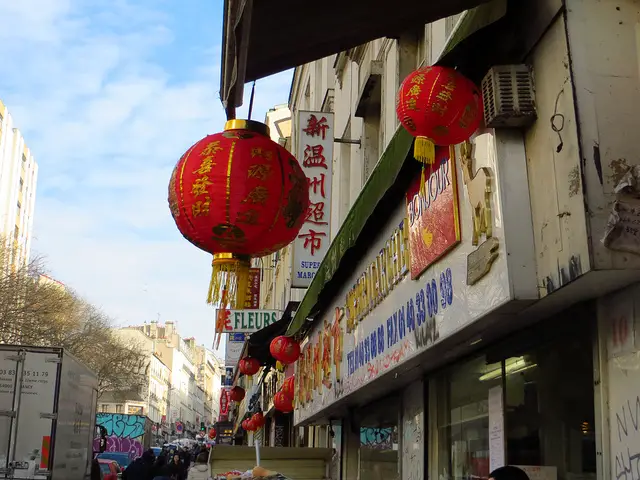
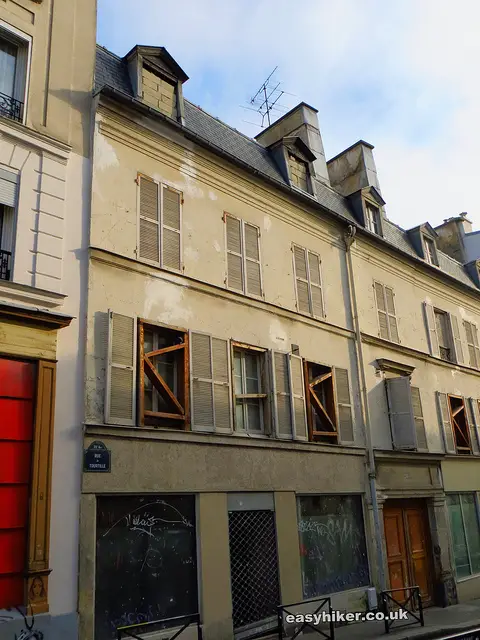


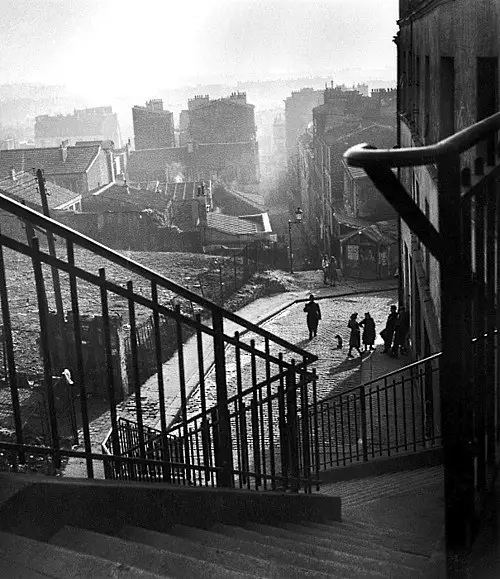
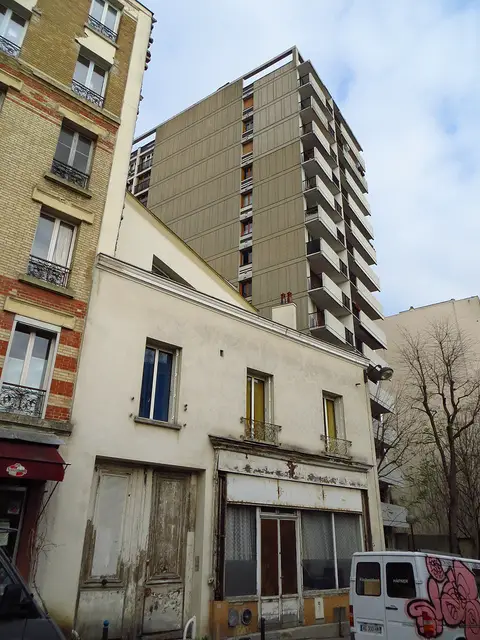
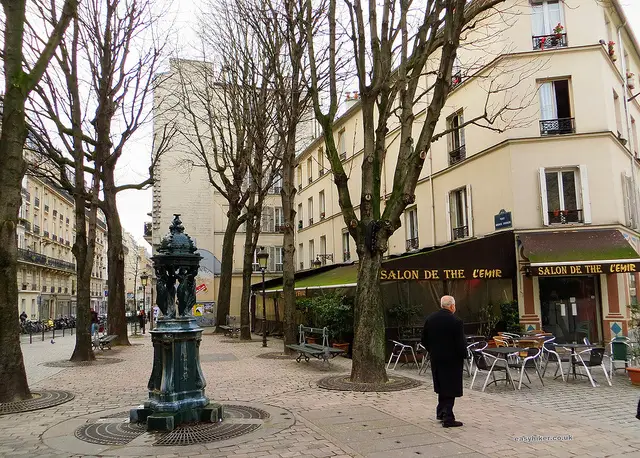
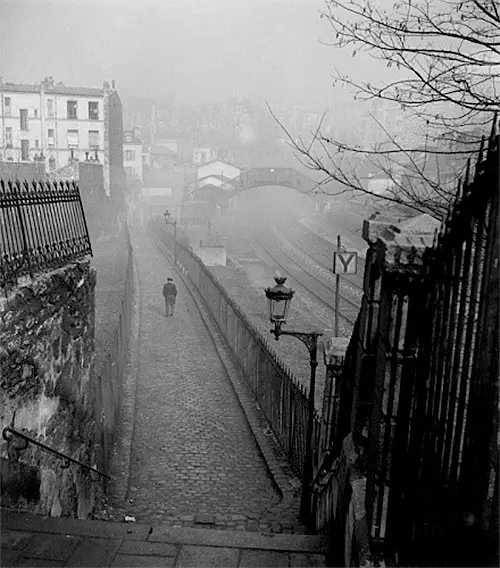
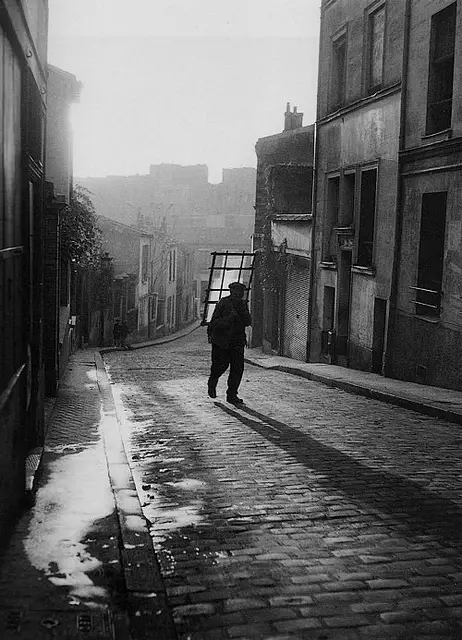

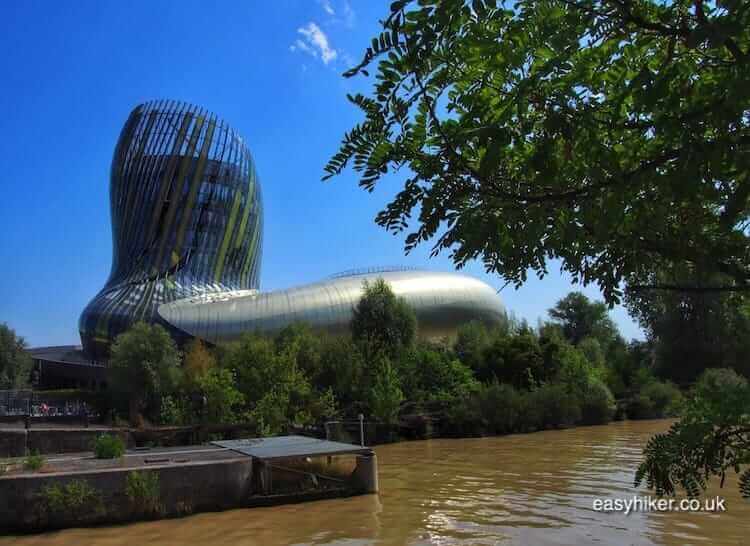
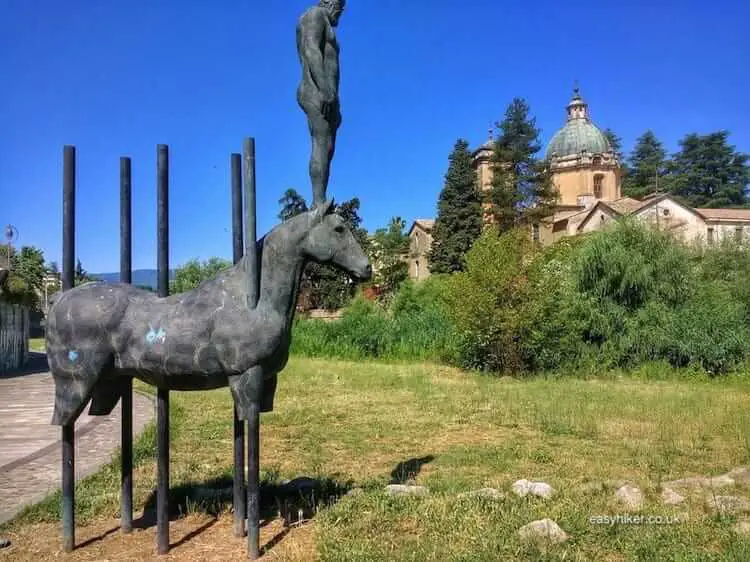
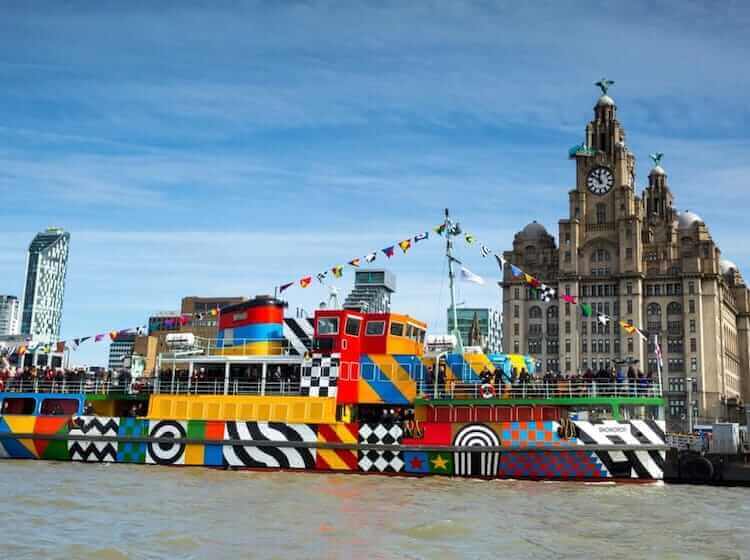
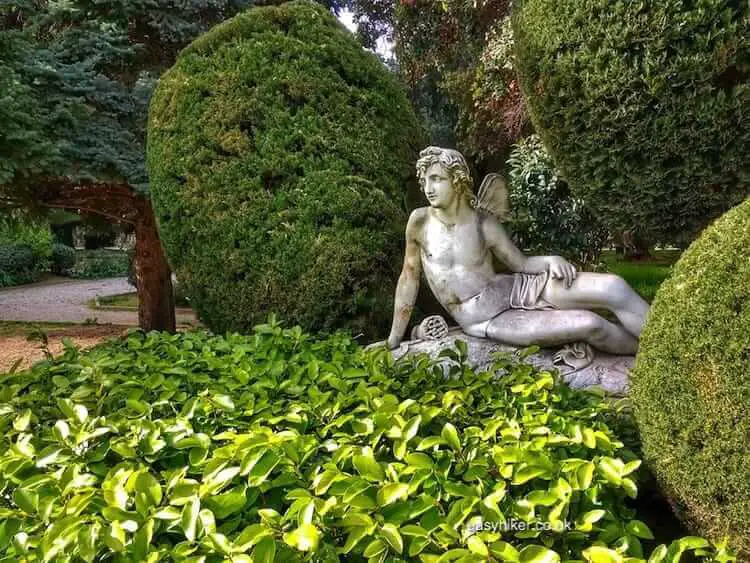
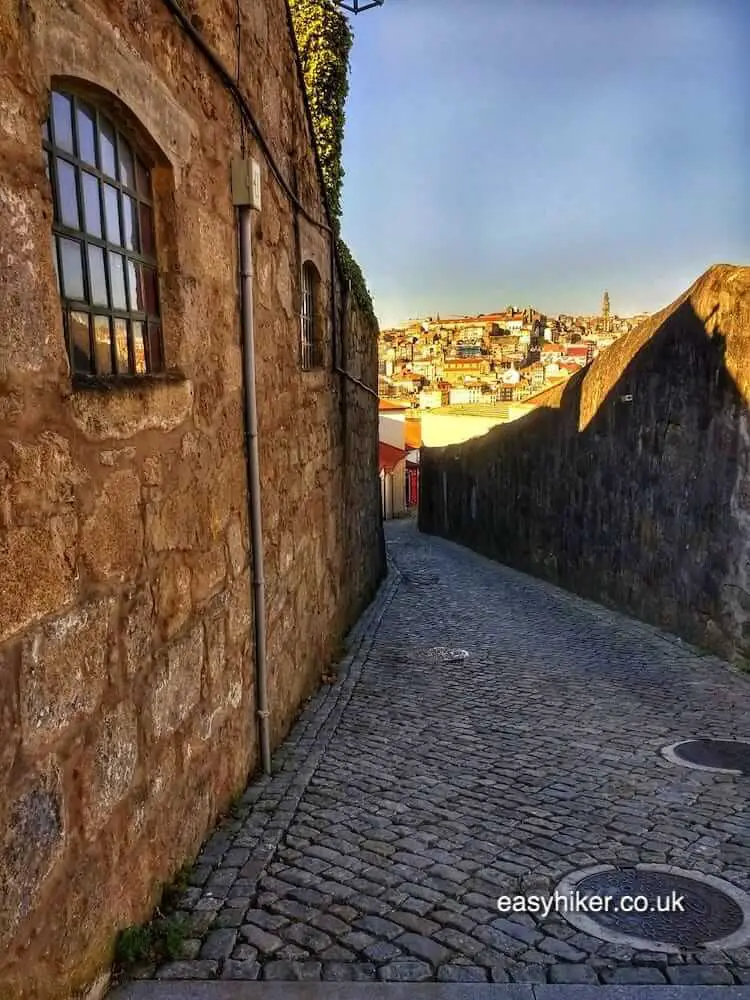
Love the photos Michael, love to do one of your Paris Walks one day.
I find the building with boarded up windows to be sad as they have not been used.
You’re welcome, Agata. Glad you enjoyed it.
So, so, so interesting! I enjoy reading yours article related to movies and filming locations. Plus Edith Piaf that I really like to listen to. Thanks for this article! It made my day!
Glad you enjoyed it, Edith. And thanks for dropping by.
My name is Edith …and I was born in Belleville!
Merci Michael , very interesting indeed !
Just walked your track.
Great :)
Thank you!
One thing: I have missed the place of birth of Edith Piaf on the track.
72, Rue de Belleville :)
Easy to include.
Bye from Lex
Loving it!! Makes me desperate to get back to Paris, especially the vintage photos – very atmospheric.
Another great walk, Michael. I thoroughly enjoyed looking over your shoulder. Love Edith Piaf, will have to add Belleville to my list for my next trip.
Aaah, an urban walk in Paris! I’ll take an urban walk anywhere but Paris is one of my favorite walking cities. Thanks for the Belleville tip!
This is just awesome! Shout out to Go With Oh for turning me on to your blog! I’ll be in Paris for 9 weeks this Fall and plan to walk in your footsteps. LOVE.
Hey, thank you for this post, this is where I live in and I am really proud of Belleville district ;)
Great post! Belleville is one of my favorite Paris neighborhoods. Wonderful to see Edith Piaf’s old stomping grounds through Willy Ronis’ eyes… And yours! Can’t wait to retrace your steps. Many thanks!
Thank you, Vera.
You can make a walk even in the down-trodden parts of Paris look alluring. Keep up the good work.
Very interesting walk! From the amazing vintage photos, I really liked the old Belleville. I do enjoy learning more about the “other side” of Paris!
Beautiful urban walk! Love all the steps!
Utterly fascinating. I’m sure I told you before that Paris left me a bit “meh” Perhaps, on reflection, I thought one had to be quite rich to enjoy it……not that life in Belleville might have been enjoyable…. .but this alternative view is so interesting, gives Paris more depth for me. Thanks!
Wow! It reminds me on a beautiful cartoon movie called Belleville Rendezvous, I wish I could take a walk through those ancient streets with the beautiful architectural highlights…
Loving these urban walks. I wish I was going to Paris soon to take advantage of them. Those vintage Willy Ronis photos are beautiful!
Nice one Michael. Very enticing with your great description.
But France’s most loved and remembered female singer just a circus-performer?
Guillotine for you mate. :-)
Really liking this urban walks concept!
Some of those photos have a real moodiness about them. Nice to hear about some walks that take you off the regular path.
Another great post Michael! They just keep getting better, I didn’t think you could top last week’s but here you are again with another insightful approach to showing us parts of the city!
What a nice follow up to your first walk last week. I have never heard about Belleville but really enjoyed your tour through this part of Paris and loved the vintage photos!!